Imagine seeing flowers of peculiar lens. Those that were made invisible in their own gardens. Those that re-birthed a more delightful breeze from the strangeness of unsettling fruit. Flowers, whose soiling returned to blackness in order to create, anew. Time became the floral weapons for the continuation of many as they. Spraying garden seeds throughout the United States of America for the legacy of future seedlings to come. Breezes that kissed the seeds; blowing their remnants into the four corners of the Earth. Peculiar winds, that swing into Universal ecstasy of affirmation. Of hope and love. Of the Soul!
So, on March 13-14, 2019 at 6th of October University, (in Cairo, Egypt) a Black American maiden received the opportunity to perform a couple of sounds of Black America’s garden. Highlights of the blue and red were evident as purple stains had already garnered this peculiar bloom. In her venture throughout different vegetation, she performed the wander as to how her culture and music had migrated to the four corners of the Earth.

Going throughout the different booths, a cultural diplomacy was underway. Who was this “samara,” or “aswad” sitting at the USA section? Representing the USA. Is she really American? Such were some of the curiosities and questions in the minds of those who came to festivities. “Are you really American?” If one only focused on demeaning energies of truly not knowing USA culture and her/history, then such would result in missed opportunities of interacting with personnel who wanted to learn.
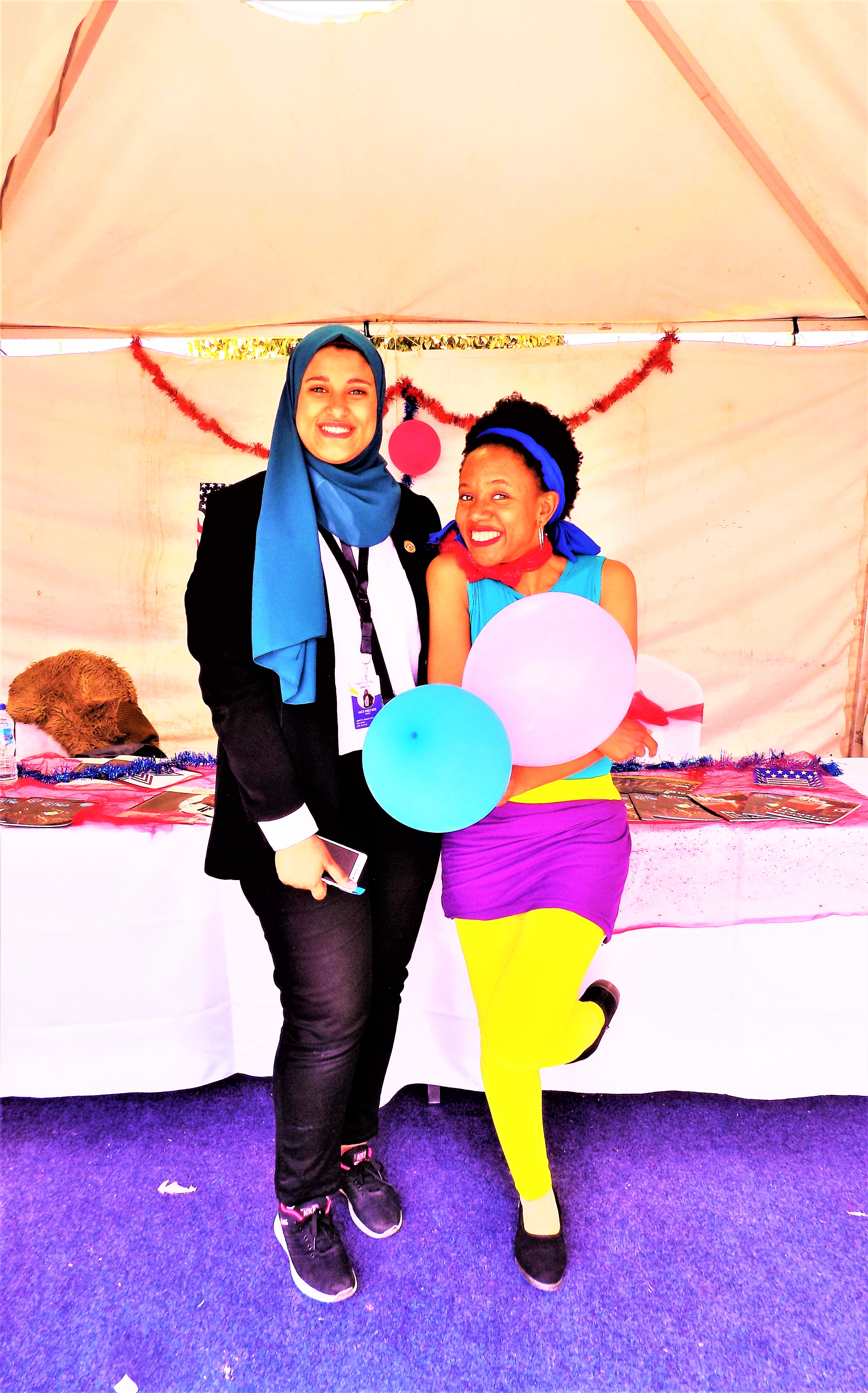
One of the other components of the international festivities were the performances! Ready? Action? Showtime! The work of performing special fragrances of Black American gardens was more than a dancing of American dances. It was a showcase of USA’s authentic Black gardens~her creation of newness in territory, that was once unfamiliar. First, Missy Elliot’s, “I’m Better,” was played. Capturing the essence of Hip Hop; and it’s impact of traveling throughout the world. Finding it’s words, rhythms, and popular songs being played; imitated and spoken from the mouths of youth from around the world. Hip Hop-birthed from Blues and grown from the sacredness of Black American church-based culture. It is one of the myriad, musical tellings of Black American Her/History. It is the musical and artistic therapy of inner-city, Black American youth. Medicinal to every aspect. Coming after Hip Hop, was a contemporary dance piece to “Just Like Fire,” by Pink. It was part of the awakening of how mainstream society incorporates Black American culture and musicality within it’s existence. Preceding the entire presentation of one Black American flower was a mini-spoken word piece. A reactionary mechanism to those who questioned the “authenticity” of her American identity. There were those who responded in mockery. However, they’re presence was irrelevant. For there were listeners who blessed the space.
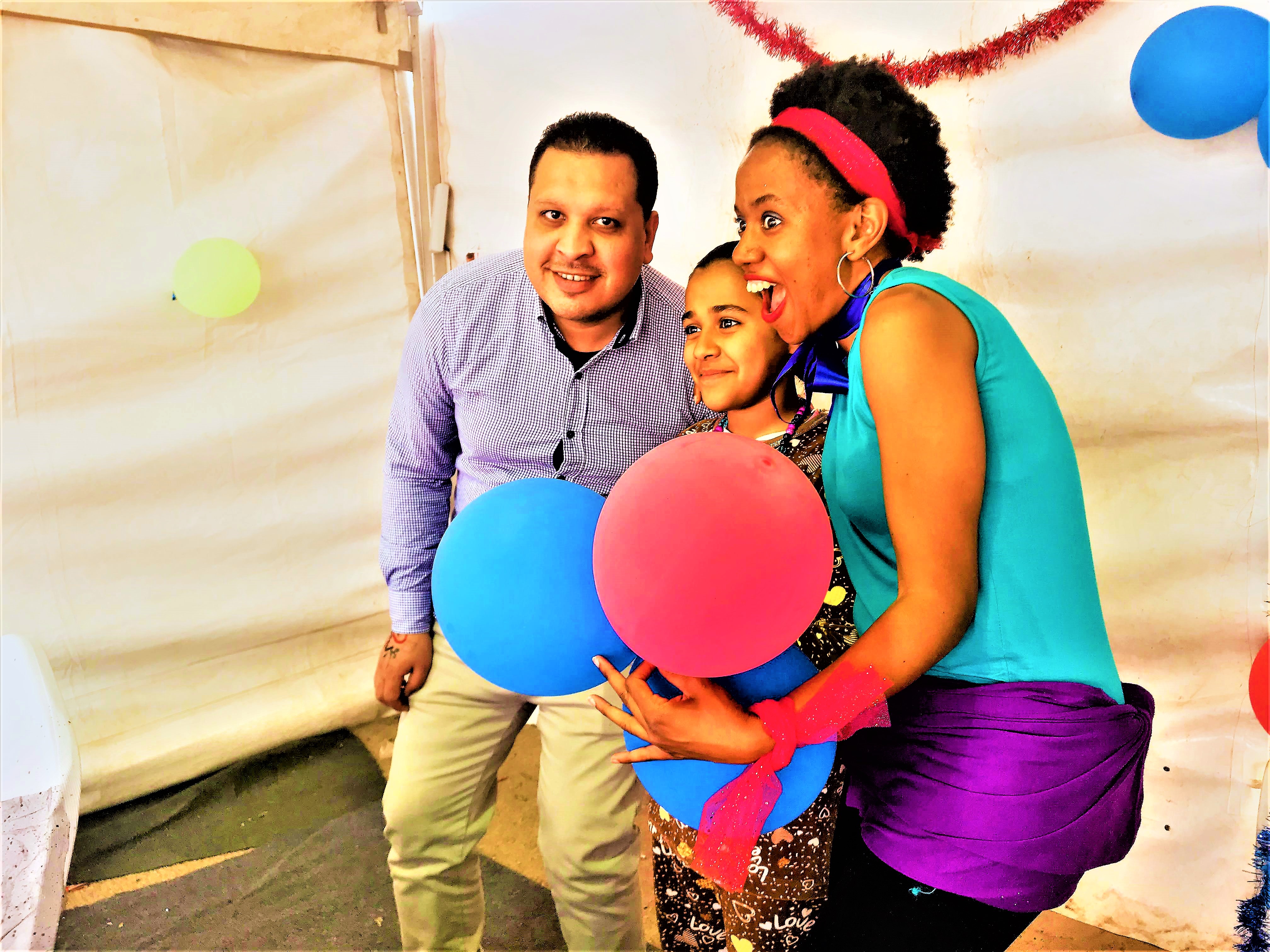
One of the highlights for the presence of one Black American maiden was her interaction with women of other nations. For once, many would be introduced to a feminine identity of Black America. Seeing a maiden image, which is feminine, inviting, intelligent and the opposite of any stereotype seen on television would be a revolutionary and eye-opening experience for the many; willing to engage with her.
In addition to one cultural aspect shown of the United States of America, it would also be a different side of America, that many have not seen. A side of laughter, family, joy, sharing, and a willingness to engage with others. Forget the television and prominent conceptions that many have of the United States. Negative images often bring hate and feelings of superiority towards those who look different. It was a new day-a new look and a new way for engaging with Americans-for Americans to engage with them. For one Black American maiden, it was a restoration of one’s womanhood and femininity. To be acknowledged as an authentic flower in America’s soiling was beyond heavenly. Beyond therapeutic. Observing a different perception of blackness in it’s foundation of sparkle and shimmer in US landscapes, was also nourishing and nutritious experience. Knowing this blackened group in authentic US soiling; whose music has brought healing to nations. This was a new image for many Egyptian-Arab and international youth, students, and professionals, who attended.
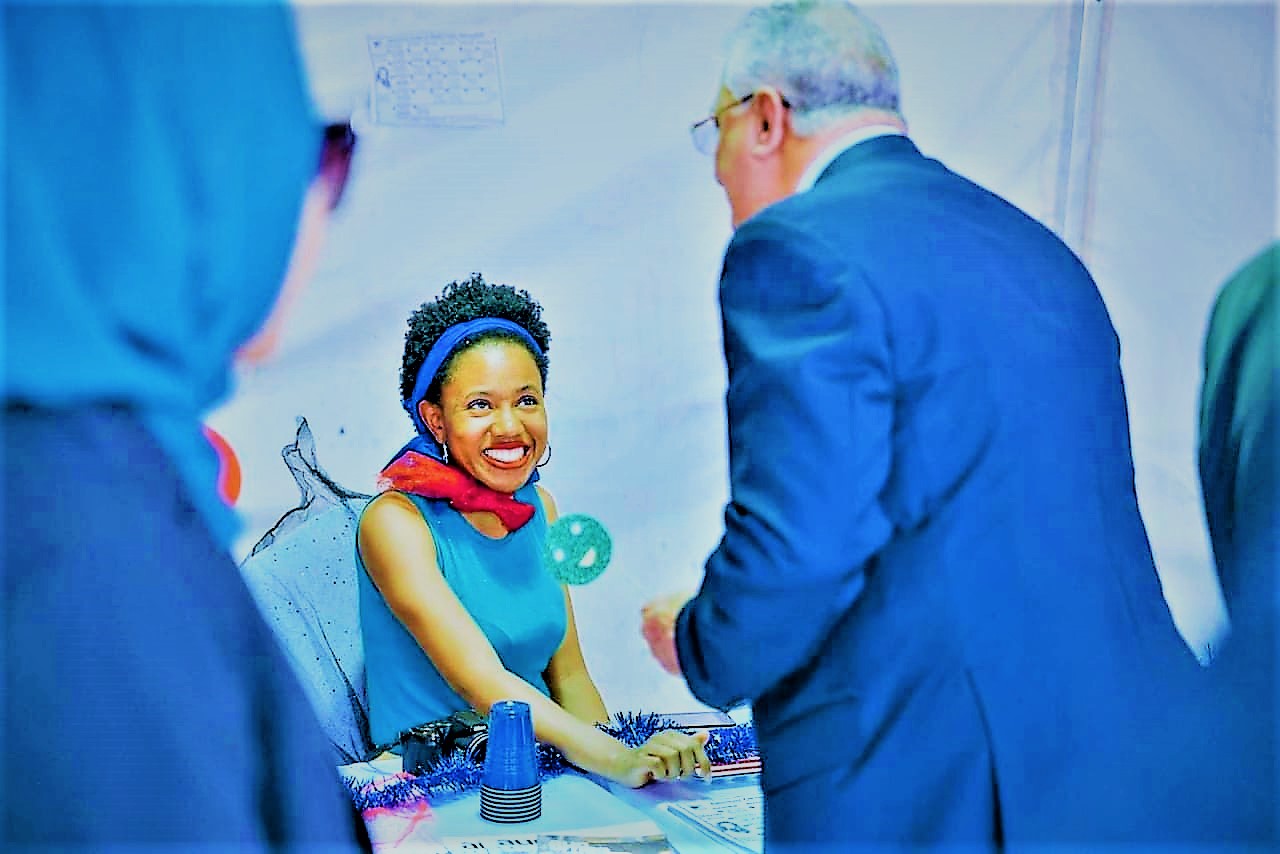
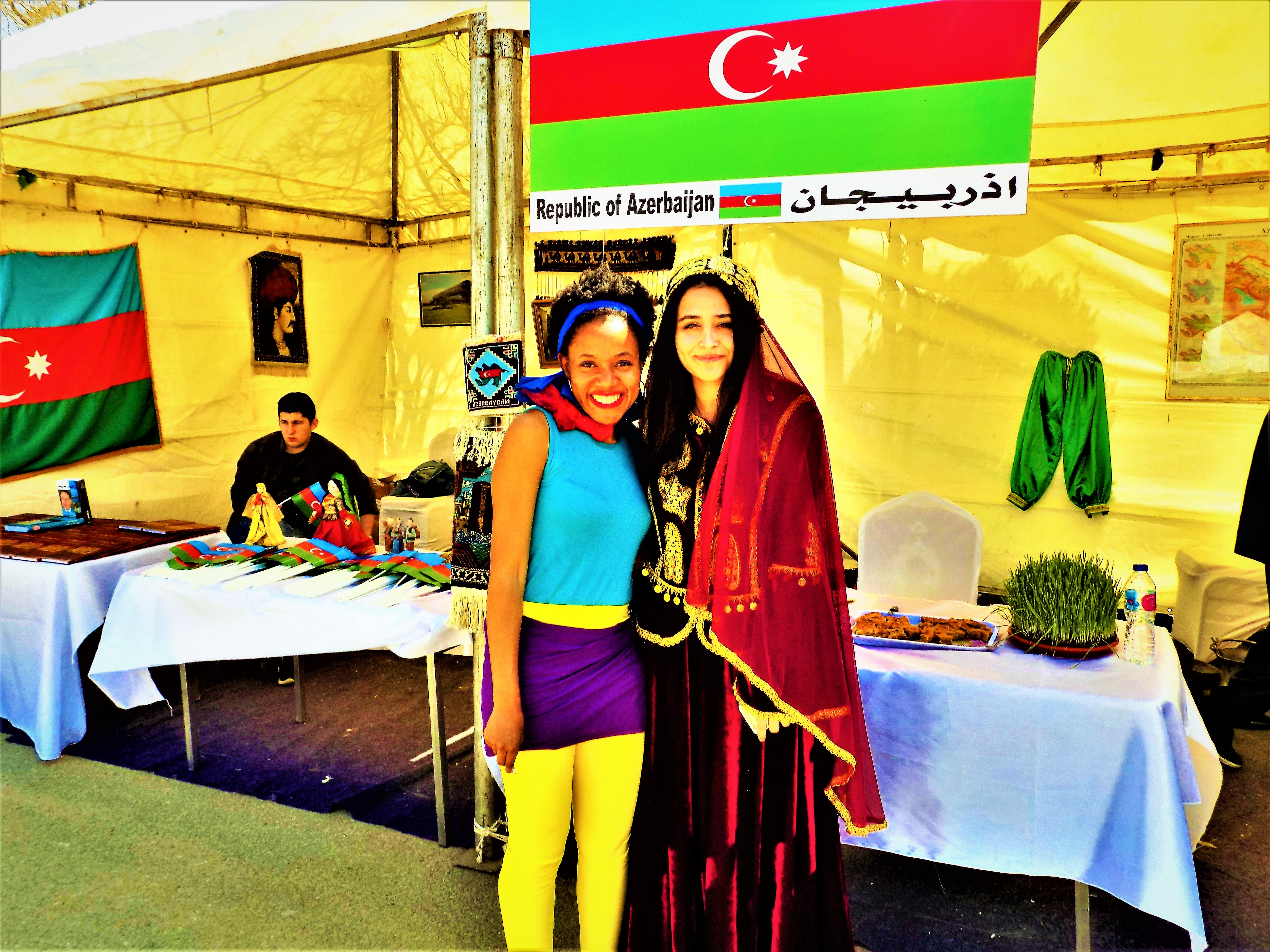
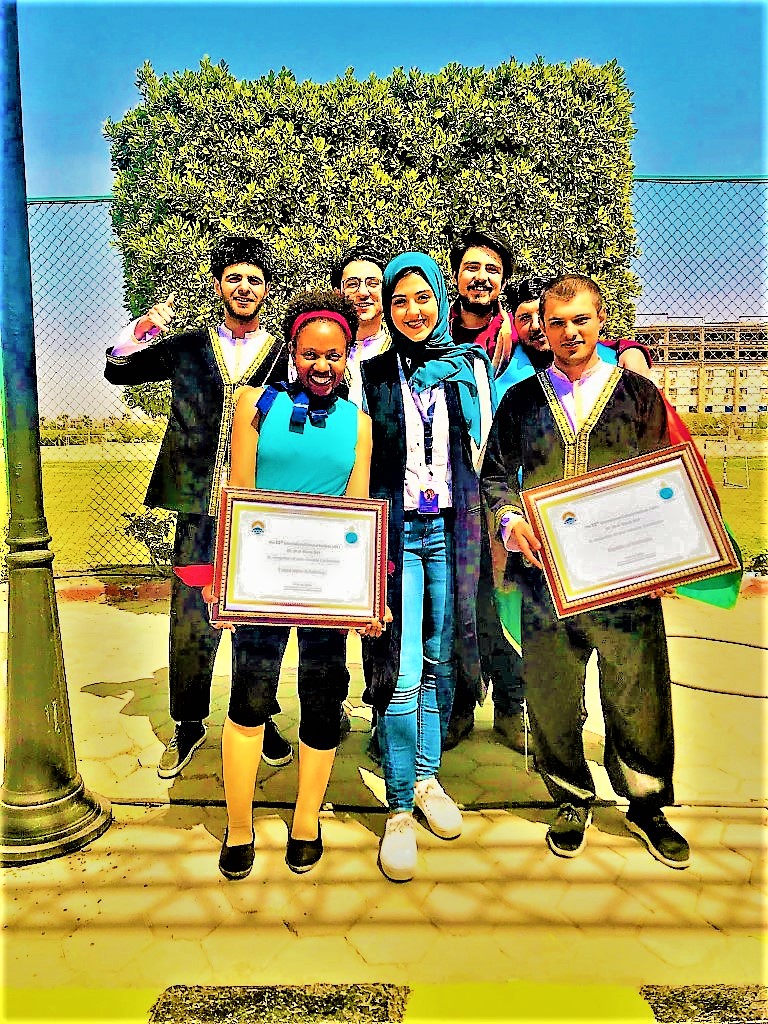
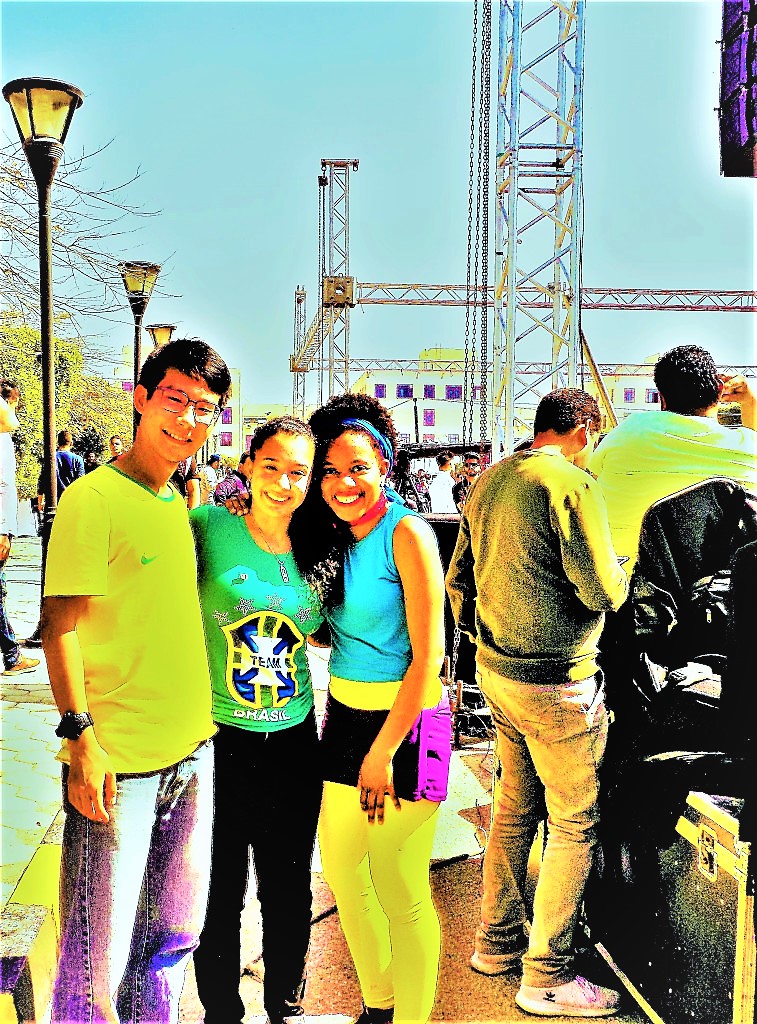
This image Blackness was unfamiliar, yet intriguing. It was simultaneously peculiar and strange. Inviting and safe. Bringing warmth and depth into his garden-called the United States of America.
In many ways, the interaction among other women (of different cultures and nationalities) was a re-awakening that Black America, too, has a culture of women. Always have. Women, who tended to, re-birthed, plot, and re-grew the gardens of their culture. Many would think this to be an obvious reality. However, for Black America’s gardens, its no secret of the silent, psychological warfare of hiding (and making invisible) the maidens of the garden. Robbing her of her femininity (while deeming her to be unworthy of love and affections from her own gardens) has been one of the emotional and mentally abusive attacks against her existence in the United States of America-and other Earthly spaces. Can you imagine the agony of a woman seeing her erasure in her own garden? Nevertheless, she continues to bloom. Her therapy at 6th of October University’s 2019 International Day series was the recognition of her feminine existence to a cultural identity. Her presence also served as mental therapy for attendees, needing a fresher take on healthier representatives of Black American culture. . .all the while continuing to be curious in peculiar gardens.

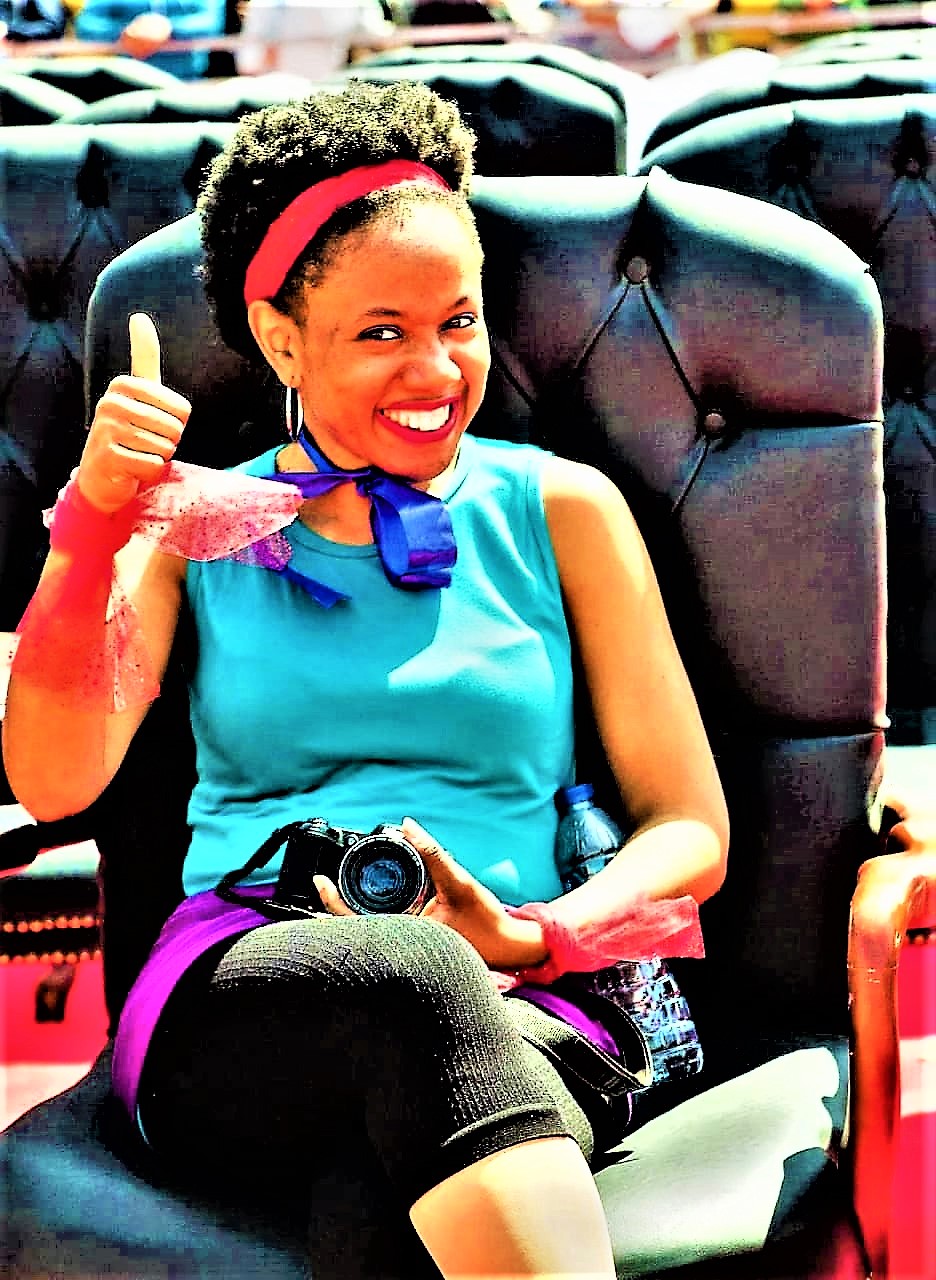
This piece is dedicated to my late Grandfather, James Howell, and his mother Essie-Mae Metcalf-Howell! Speaking their names to the audience on that day carried me through that important task. Speaking their names in a sacred land, carries their legacy!


